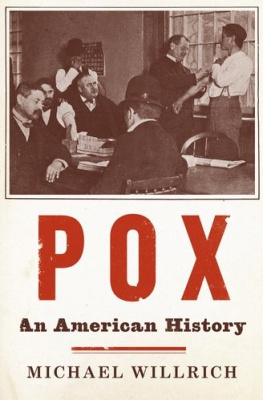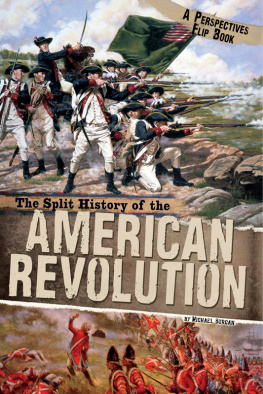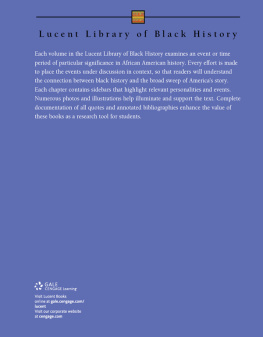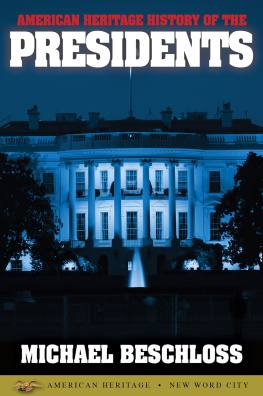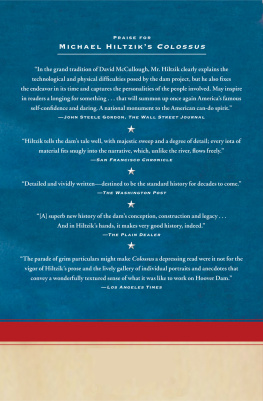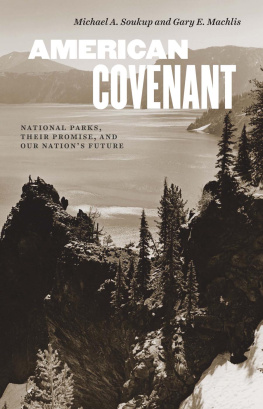Table of Contents
Also by Michael Willrich
City of Courts: Socializing Justice in Progressive Era Chicago
THE PENGUIN PRESS
Published by the Penguin Group
Penguin Group (USA) Inc., 375 Hudson Street, New York, New York 10014, U.S.A. Penguin Group (Canada), 90 Eglinton Avenue East, Suite 700, Toronto, Ontario, Canada M4P 2Y3 (a division of Pearson Penguin Canada Inc.)
Penguin Books Ltd, 80 Strand, London WC2R 0RL, England Penguin Ireland, 25 St. Stephens Green, Dublin 2, Ireland (a division of Penguin Books Ltd)
Penguin Books Australia Ltd, 250 Camberwell Road, Camberwell, Victoria 3124, Australia (a division of Pearson Australia Group Pty Ltd) Penguin Books India Pvt Ltd, 11 Community Centre, Panchsheel Park, New Delhi110 017, India
Penguin Group (NZ), 67 Apollo Drive, Rosedale, Auckland 0632, New Zealand (a division of Pearson New Zealand Ltd) Penguin Books (South Africa) (Pty) Ltd, 24 Sturdee Avenue, Rosebank, Johannesburg 2196, South Africa
Penguin Books Ltd, Registered Offices: 80 Strand, London WC2R 0RL, England
First published in 2011 by The Penguin Press,
a member of Penguin Group (USA) Inc.
Copyright Michael Willrich, 2011
All rights reserved
LIBRARY OF CONGRESS CATALOGING IN PUBLICATION DATA
Willrich, Michael.
Pox : an American history / Michael Willrich.
p. ; cm.(Penguin history of American life)
Includes bibliographical references and index.
eISBN : 978-1-101-47622-2
1. SmallpoxEpidemiologyUnited States. 2. SmallpoxHistoryUnited States. 3. EpidemicsUnited States19th CenturyHistory. 4. EpidemicsUnited States20th CenturyHistory. I. Title. II. Series: Penguin history of American life.
[DNLM: 1. SmallpoxepidemiologyUnited States. 2. SmallpoxhistoryUnited States. 3. Disease OutbreaksUnited States. 4. History, 19th CenturyUnited States. 5. History, 20th CenturyUnited States. WC 590] RA644.S6W.5210973dc22 2010034544
Without limiting the rights under copyright reserved above, no part of this publication may be reproduced, stored in or introduced into a retrieval system, or transmitted, in any form or by any means (electronic, mechanical, photocopying, recording or otherwise), without the prior written permission of both the copyright owner and the above publisher of this book.
The scanning, uploading, and distribution of this book via the Internet or via any other means without the permission of the publisher is illegal and punishable by law. Please purchase only authorized electronic editions and do not participate in or encourage electronic piracy of copyrightable materials. Your support of the authors rights is appreciated.
http://us.penguingroup.com
For Wendy
PROLOGUE
NEW YORK, 1900
Manhattans West Sixty-ninth Street no longer runs from West End Avenue to the old New York Central Railroad tracks at the Hudson Rivers edge. In the space now occupied by aging high-rise condominium towers and their long shadows, there once stood a low-slung street of tenements and houses. At the turn of the twentieth century, it was said to be the most thickly populated block in the most thickly populated city in the United States of America. Someone called it All Nations Block, and, being a pretty fair description of the place, for a while the name stuck.
A brisk walk from the fashionable hotels of Central Park West, All Nations Block was a rough world of day laborers, bricklayers, blacksmiths, stonemasons, elevator runners, waiters, janitors, domestic servants, bootblacks, tailors, seamstresses, the odd barber or grocer, and, far outnumbering them all, children. Each morning, the children streamed east to Public School No. 94 at Amsterdam Avenue or to the crowded kindergarten run by the Riverside Association at 259 West Sixty-ninth Street. That same foot-worn building housed the charitable associations public baths; in any given week, four hundred men or more paid a nickel for a towel, a piece of soap, and a shower that had to last. The tenement dwellers of All Nations Block did not choose their neighbors. It was the kind of place where an itinerant black minstrel actor, feeling feverish and far from his southern home, could find a bed for a few nights, in a great warren of rooms whose other occupants were Italian, Irish, Jewish, German, Swedish, Austrian, African American, or simply, so they said, white.
The men of the West Sixty-eighth Street police station knew the block and its ways well. The policemen came when the neighbors brawled, when jewelry went missing in an apartment by the park, or when the Irish boys of the All Nations Gang got too rough with the Chinese laundryman on West End Avenue. The police came once again on the night of November 28. A forlorn and drunken stonemason named Michael Healy, imagining himself to be under attack in his room (Theyre after me, he had shouted, See those black men!), had hurled himself through a fourth-floor window and fell, in a cascade of glass, to, or rather through, the ground below. The Irishman made a two-by-two-foot hole in the surface, breaking through to some long-forgotten trench near the buildings cellar. A neighborhood boy ran to the Church of the Blessed Sacrament on West Seventieth Street and summoned a priest. When the priest arrived, he crawled right through the hole and into the trench, which was already crowded with police, an ambulance surgeon, and Healys broken but still breathing body. Before this subterranean congregation, the priest administered last rites. That was the way things went on All Nations Block. It was the night before Thanksgiving, the first of the new century.
N ew Yorkers of a certain age would remember that Thanksgiving as the day the smallpox struck the West Side. The outbreak had in fact started quietly a few days earlier, on All Nations Block. The city health officers found the children first: twelve-year-old Madeline Lyon, on Tuesday, and on Wednesday, a child just across the street, identified only as a white boy four years old. For the health officers to diagnose the cases with any confidence, the children must have been suffering for days, with raging fevers, headaches, severe back pain, and, likely, vomiting, followed by the distinctive eruption of pocks on their faces and bodies. Once the rash appeared and the lesions began their two-week metamorphosis, from flat red spots to hard, shotlike bumps to fat pustules to scabs, the patients were highly contagious. The health officers removed the children, stripped their rooms of bedding and clothing, and disinfected the premises.
The health department followed the same procedure with the five other cases that were reported elsewhere in Manhattan within hours of the Lyon case. One was a white domestic servant named Mary Holmes, who worked in an affluent apartment house on West Seventy-sixth Street. The other four were black, evidently from the neighborhood of the West Forties. They were Adeffa Warren, Lizzie Hooker, Susan Crowley, and Crowleys newborn daughterthese last two had been removed in haste from the maternity ward at Bellevue Hospital. Through interviews, health officers had established that the four black patients had come into contact with an unnamed infected negress, who remained at large. How any of these patients might have been connected to the children on West Sixty-ninth Street, about a mile and a half uptown, remained uncertain. But the authorities were working on the assumption that the outbreak started on All Nations Block.



